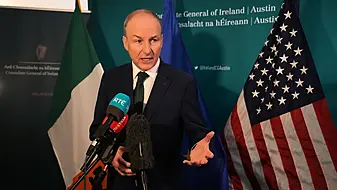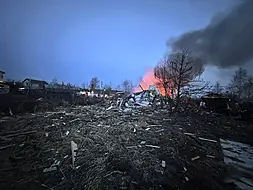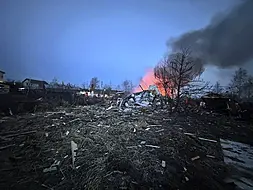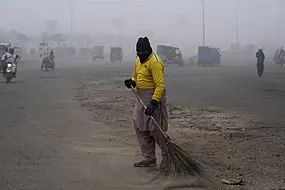The death toll from heavy rains in Brazil’s southern Rio Grande do Sul state jumped to 29 as of Thursday night, with another 60 people missing, according to the state’s civil defence agency.
The agency had said in its prior report, at noon, that 13 people were dead and 21 people missing, just slightly higher than the toll on Wednesday.
Brazil’s President Luiz Inacio Lula da Silva travelled to the state on Thursday to meet with local authorities and express his solidarity.

“Everything that is within reach of our government will be done to attend to the needs of the people who are being affected by these rains,” he wrote on X, formerly Twitter.
Operators reported electricity and water cuts across the state, and officials detailed numerous incidents of flooded roads, landslides and collapsed bridges as water levels of rivers and streams rose sharply.
Part of the structure of a hydroelectric dam gave way on Thursday. More than 10,000 people have been forced from their homes, according to the civil defence agency.
The downpour started on Monday and was expected to last through Friday. In some areas, such as valleys, mountain slopes and cities, more than 150 millimetres (six inches) of rain fell in 24 hours, according to Brazil’s National Institute of Meteorology, known by the Portuguese acronym INMET, on Tuesday.
“The current event will be the worst climate disaster that our state ever faced,” governor Eduardo Leite said on X late on Wednesday afternoon.
“We are living a very critical moment in the state.”
Weather across South America is affected by the climate phenomenon El Nino, a periodic naturally occurring event that warms surface waters in the Equatorial Pacific region.
In Brazil, El Nino has historically caused droughts in the north and intense rainfall in the south.
This year, the impacts of El Nino have been particularly dramatic, with a historic drought in the Amazon. Scientists say extreme weather is happening more frequently due to human-caused climate change.







